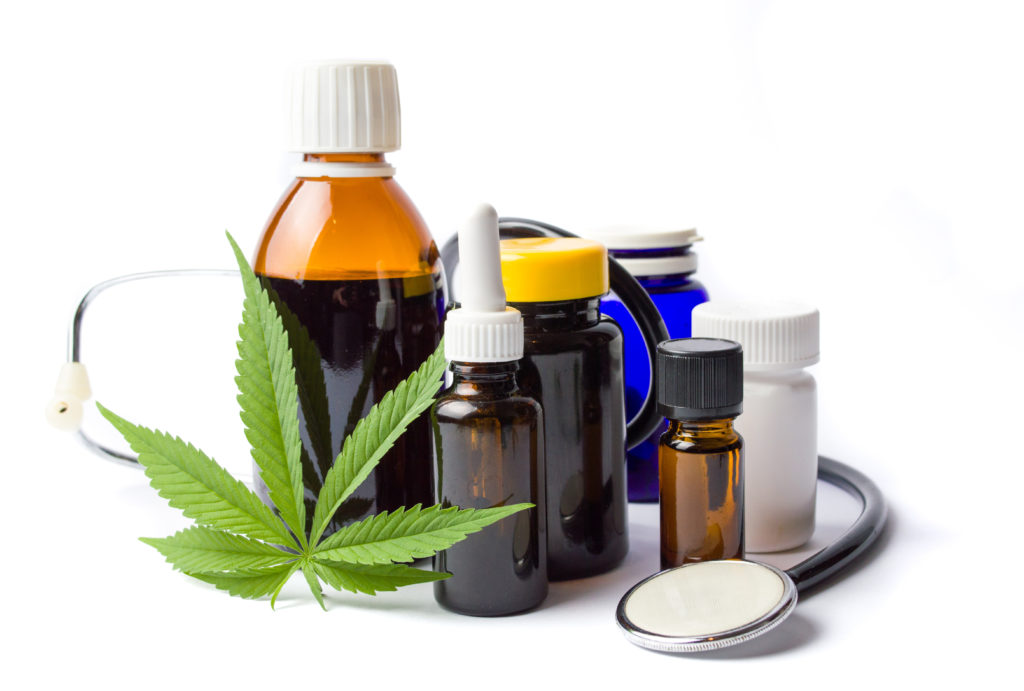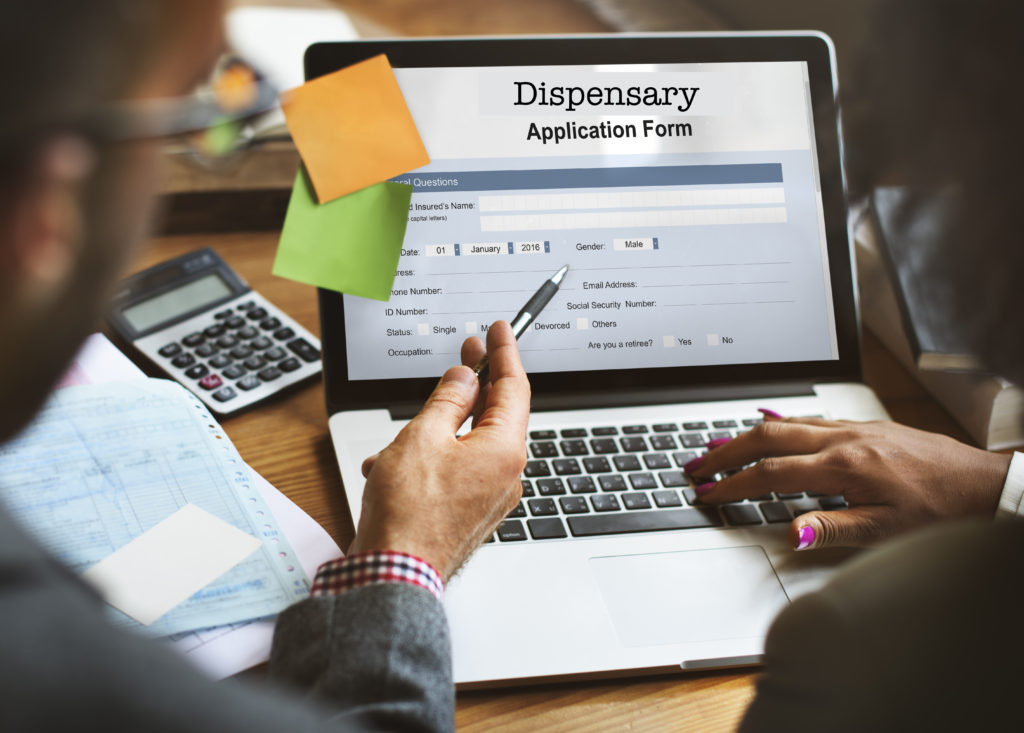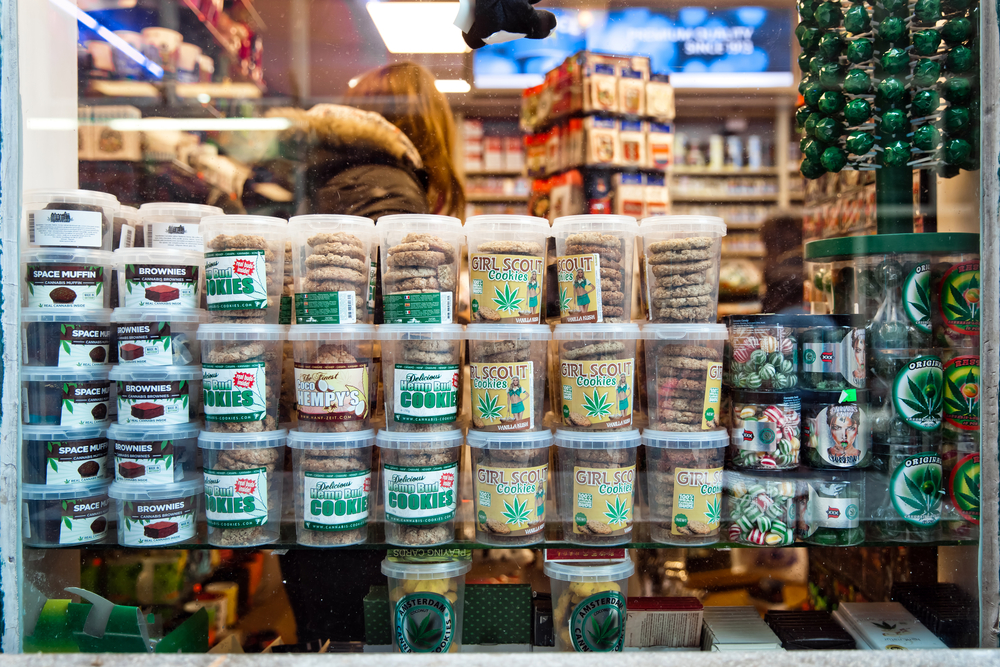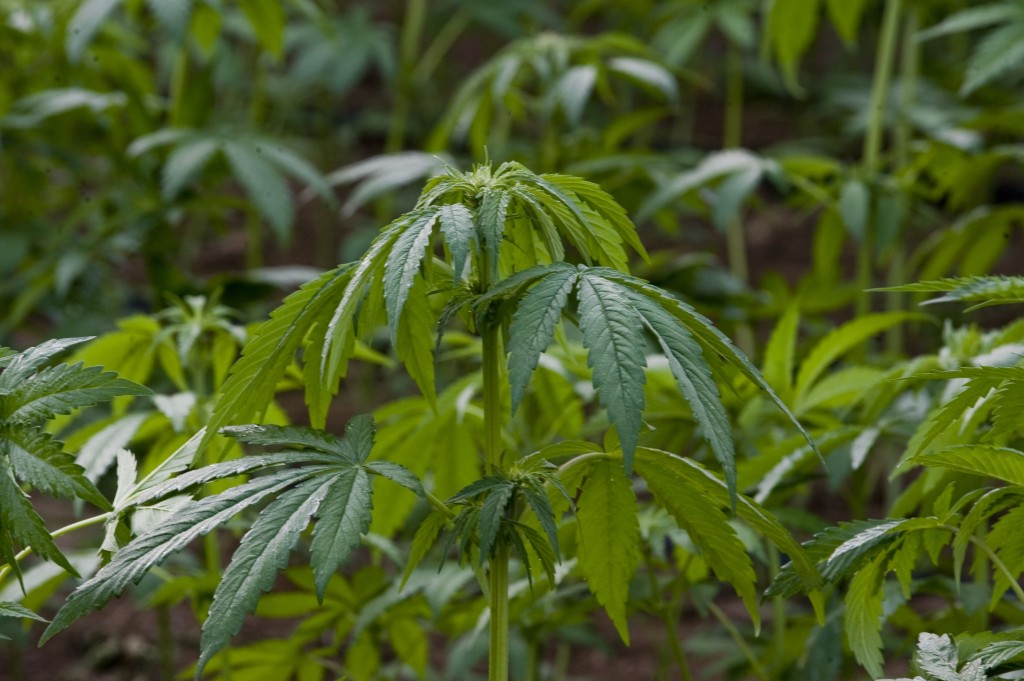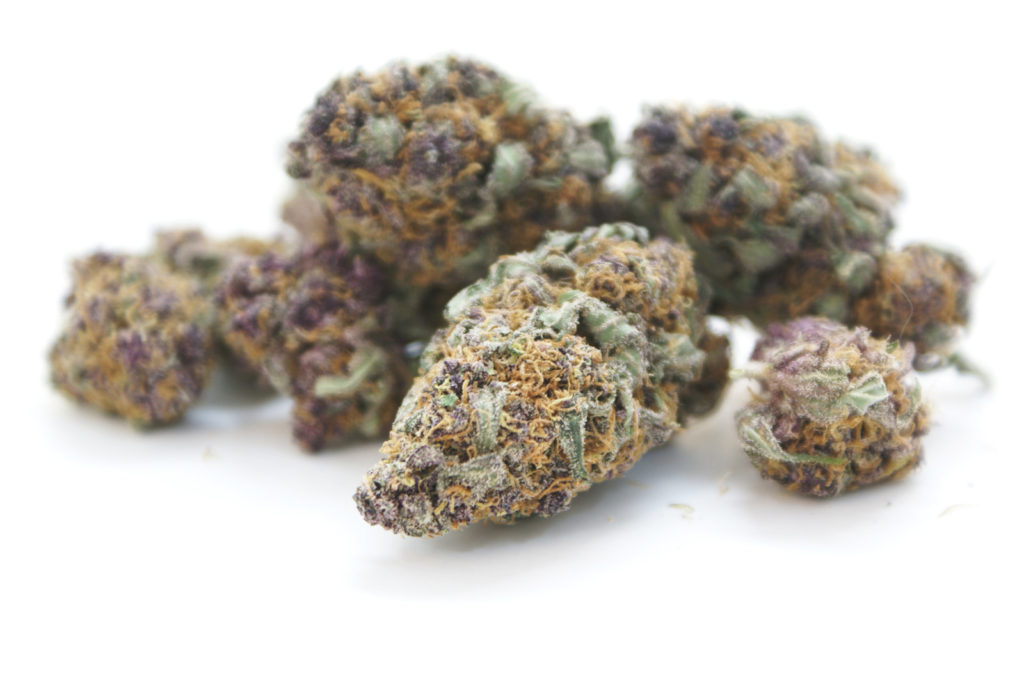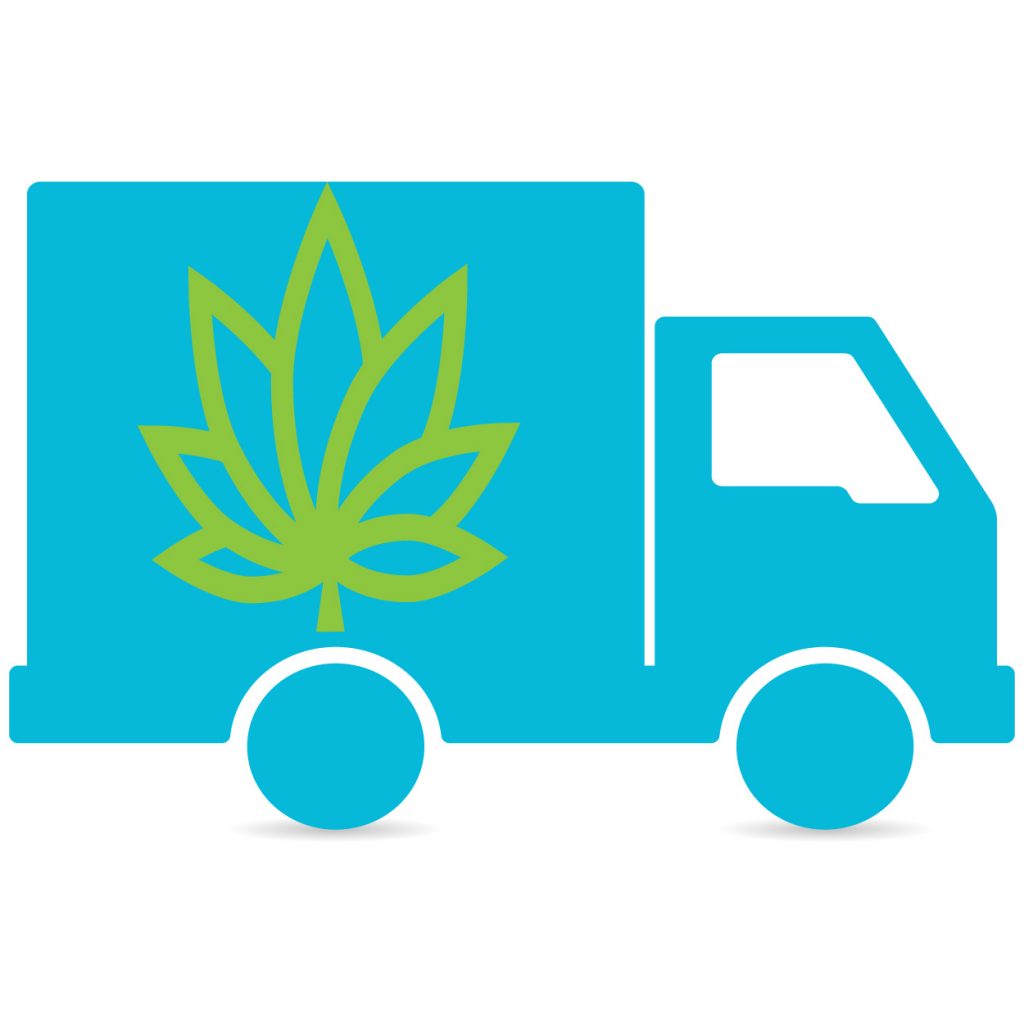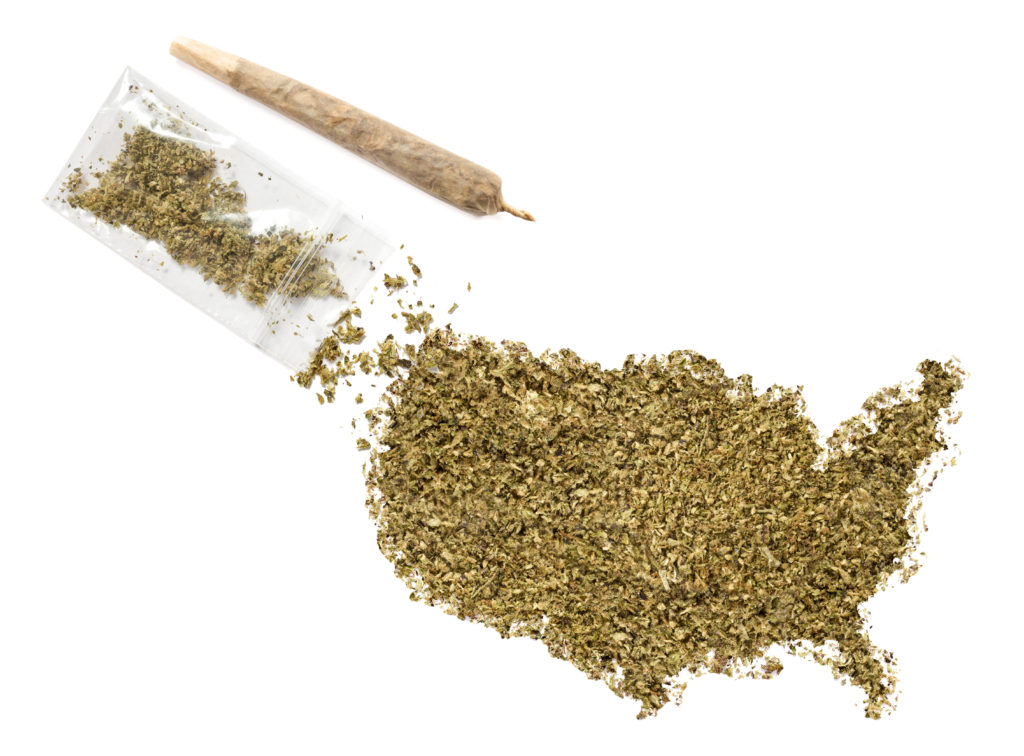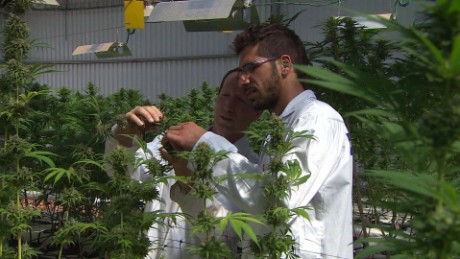Report: Point Of Sale Software In The Cannabis Industry
Point of sale (POS) software is embedded in every dispensary and retailer and helps manage inventory, cash, data and compliance. This has not gone unnoticed and many new options are now available. On July 22, 2019 Cannabiz Media released a report detailing current point of sale software market share. In this post we will summarize their findings.
Background
The background section details qualifications and methods used for compiling the report data. Ultimately, data was gathered from 2,178 active dispensaries and retailers nationwide, which is estimated to be 42% of the market. They note that they uncovered 68 unique point of sale responses, which is up 58% from the 43 found only seven months ago. Interestingly, the top 5 vendors account for 68% of the market, down from 80% in November 2018. That means the remaining 32% is split between 63 providers. A complete list of current providers is included.
Key Findings
- The point of sale software market is highly concentrated with five vendors accounting for 68% of the market. BioTrack remains the leader with a 24% share.
- The survey found 68 vendors up from 43 in October 2018.
- Some consolidation is happening as companies join or acquire other companies.
- We are now starting to see “name brand” companies being used at point of sale including NCR, NetSuite, and SalesForce. They join other mainstream brands like Quicken and Square that were in the first report.
Overall Market Share
While the top 5 account for 68%, the top 10 account for 84% of the market.
- BioTrack
- Green Bits
- Flowhub
- MJ Freeway
- Indica Online
- Adilas
- MMJ Menu
- COVA
- Proprietary
- Leaflogix
Oklahoma Market Share
Although the market is less than a year old, Oklahoma has become an irregularity by issuing more licenses, per capita, than any other state. Cannabiz Media was able to gather point of sale data for 401 dispensaries. Vendors shared that the sales process is simpler and quicker than in established markets such as California. License holders in Oklahoma are comfortable with the requirements for compliance, while in states like California, more education from the vendor is needed. This results in a slower sales process.
- Indica Online
- BioTrack
- COVA
- Flowhub
- MJ Freeway

California Market Share
The Bureau of Cannabis Control stopped issuing temporary permits and required businesses to apply for provisional or annual licenses as of the end of 2018. As a result, California has changed greatly from the last report. There has been a drastic decline in active licenses as an expiration extinction event has occurred. Key California findings include that the top 10 now account for 85% rather than 89% as on the previous report. Also the number of options for POS vendors has increased by 55% from 18 to 28. 11 of those only serve California.
- Treez
- Indica Online
- BioTrack
- Green Bits
- Meadow
- COVA
- Proprietary
- MJ Freeway
- BLAZE Retail
- 420 Software
Medical States vs those with Adult Use Programs

Because Adult Use and Medicinal programs operate differently, Cannabiz Media compared results to see which vendors are preferred in each market. In both there are significantly more vendors than recorded in the 2018 report.
Medical Top Vendors
- BioTrack
- MJ Freeway
- Indica Online
- Flowhub
- COVA
- Green Bits
Adult Use Top Vendors
- Green Bits
- BioTrack
- Flowhub
- Adilas
- MMJ Menu
- MJ Freeway
METRC States
METRC is a division of Franwell and is a major piece of the compliance puzzle in many states as a method of reporting data to the regulatory body. Currently, the METRC states are Alaska, California, Colorado, Washington DC, Louisiana, Maryland, Massachusetts, Michigan, Montana, Nevada, Ohio and Oregon.
- Green Bits
- BioTrack
- Flowhub
- Adilas
- MJ Freeway
- MMJ Menu

What does this mean for Adilas?
Although competition is stiff, Adilas remains one of the top point of sale software options for any cannabis business. Adilas has a very different model than its competitors. It is serving many other markets requiring flexible software and accounting systems. You may notice, adilas does little marketing and has grown organically by word or mouth from happy customers. Adilas is often chosen by experienced entrepreneurs with businesses in other sectors. The cloud based software was been in development for over 20 years.

With the support of Next Chapter Solutions and through the efforts of Adilas420.com we expect Adilas to be the number one seed to sale software provider of leading cannabis businesses. Let Adilas420 help! Contact us today to discuss your point of sale software needs and get a free online demo.






